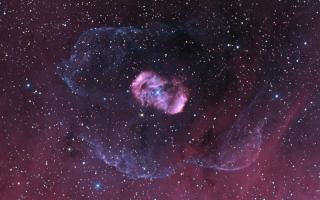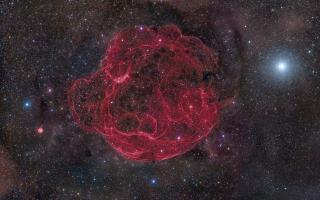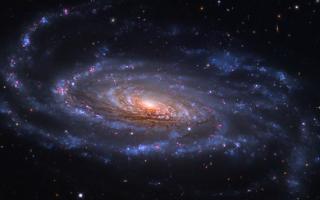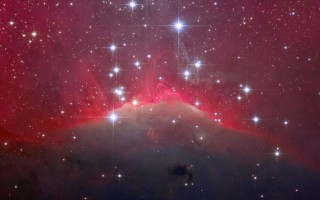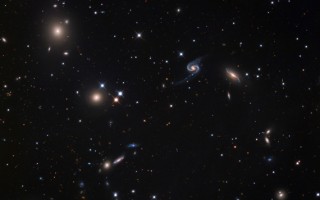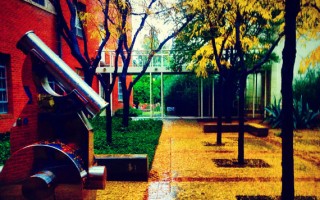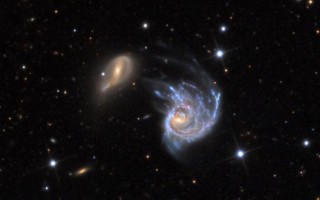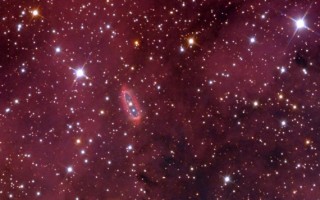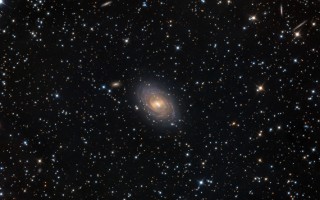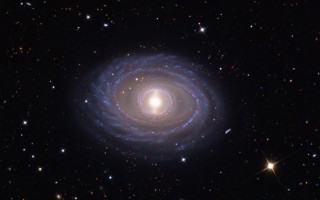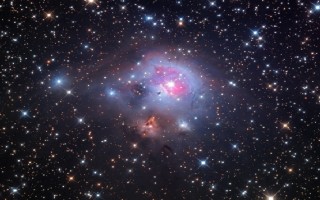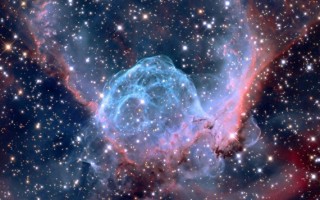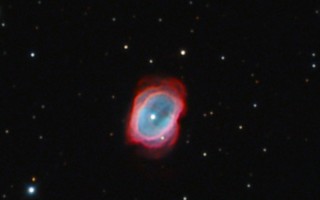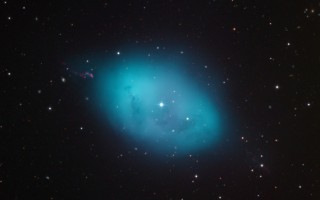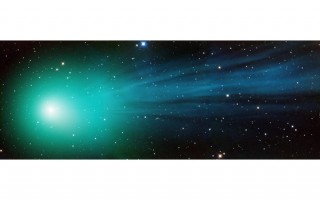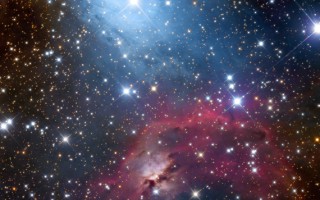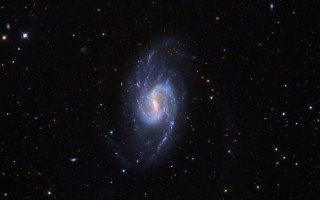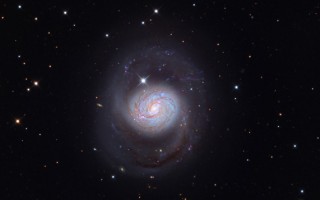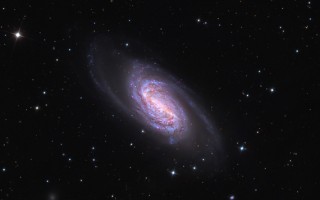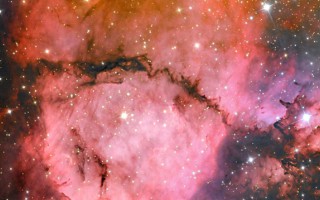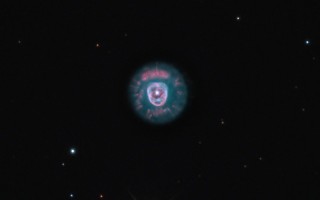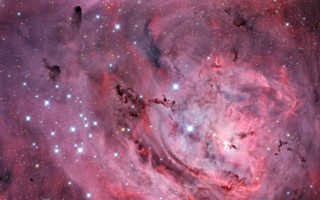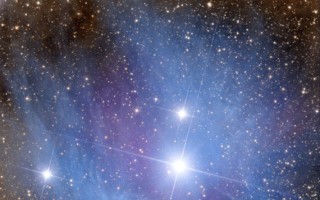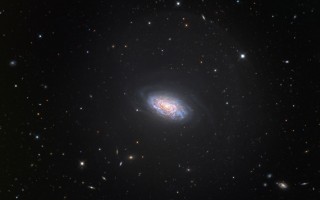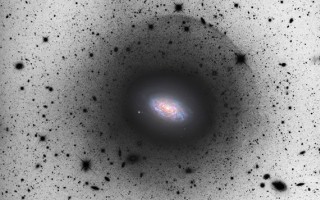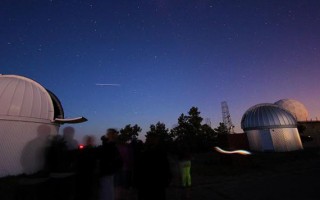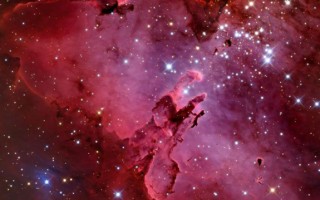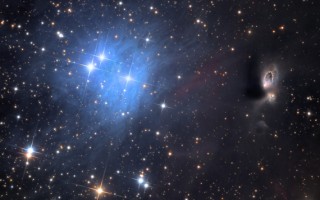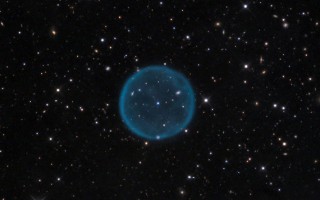Reflecting hope: Concentrating solar power can feed the grid and perhaps even remove carbon from Earth's atmosphere
In recent years, Heliocon and the promise of CSP has attracted the interest of two of the best mirror and optics experts on earth: Roger Angel and Daewook Kim of the University of Arizona and its Wyant College of Optical Sciences, and Department of Astronomy and Steward Observatory.
Angel is the current and founding director of the UA’s famed Mirror Lab, whose large-mirror innovations have revolutionized ground-based astronomy.
Kim’s expertise in optical engineering has ensured precision and the best-possible views of the Universe from many existing world-class instruments, including the coming Giant Magellan Telescope with its seven 27-foot diameter mirrors. ...
UArizona Sky School
UArizona Sky School provides immersive, inquiry-based science programs to Arizona K-12 students. Field experiences focus on science areas such as sky island ecology, earth sciences, dendrochronology, hydrology and astronomy. UArizona science graduate students serve as instructors and mentors. For many of our public-school students, this is their first visit to public federal land, their first experience hiking or their first chance to interact with or see themselves a professional scientist and researchers.
Learn more with this video!
Giant Magellan Telescope Enclosure Ready for Construction
The Giant Magellan Telescope (GMT) and IDOM today announced that the telescope’s enclosure, set to be one of the world’s largest astronomical facilities, passed its final design review and is now ready for construction in Chile. The review marks a major milestone for the telescope, which is now 40% under construction. This also marks an...
Native American representatives gather with UArizona leaders for third Tribal Leaders Summit
Tribal leaders from across the state gathered at the University of Arizona Monday to meet with campus leaders and discuss ways to strengthen partnerships between the university and tribal communities in Arizona.
...
UArizona graduate student and team discover most distant supernovas ever found
Peering deeply into the cosmos, NASA's James Webb Space Telescope is giving scientists their first detailed glimpse of supernovas from a time when the universe was young.
...
Glimpses of a volcanic world: New LBT images of Jupiter's moon Io rival those from spacecraft
New images of Jupiter's volcano-studded moon Io, taken by the Large Binocular Telescope on Mount Graham in Arizona, offer the highest resolution of Io ever achieved with an Earth-based instrument. The observations were made possible by a new high-contrast optical imaging instrument, dubbed...













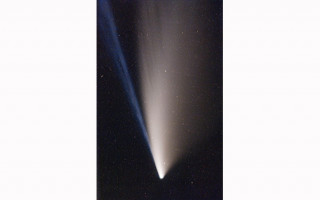
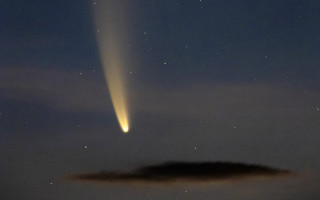
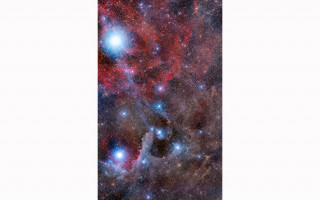
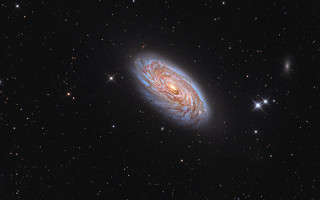
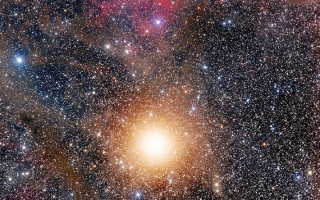
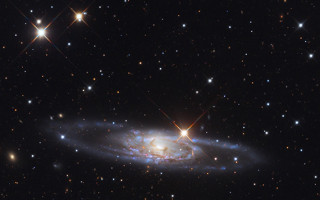
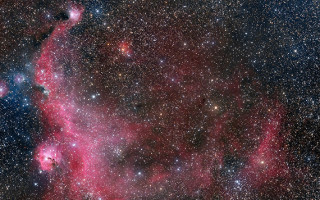
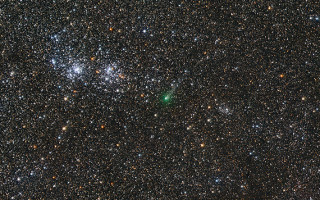
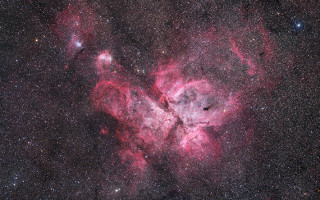
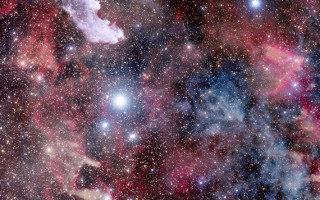
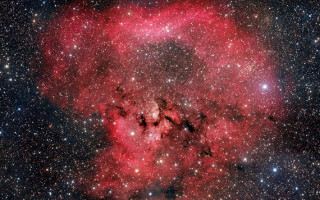
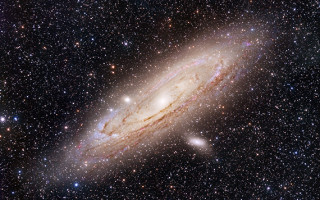
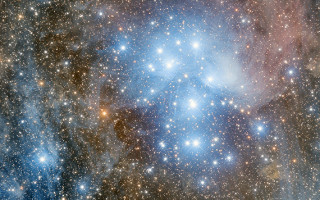
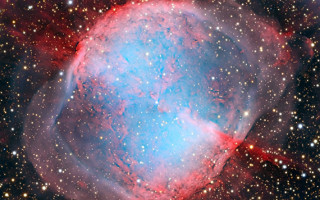
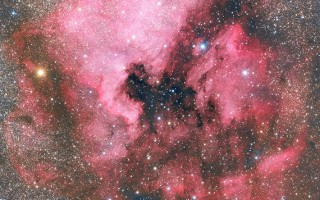
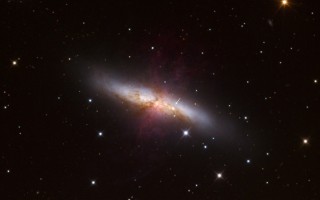
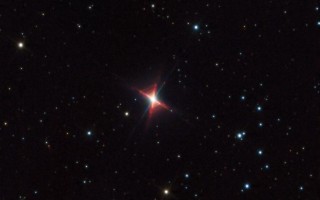
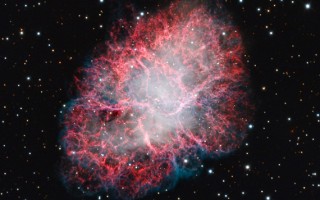
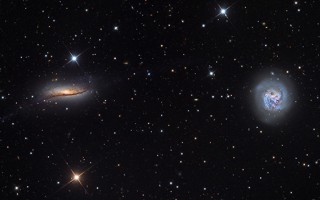
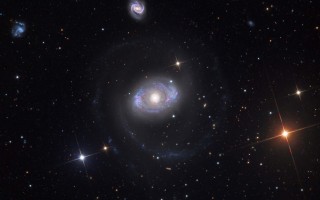
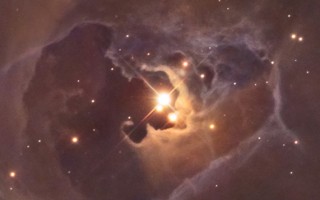
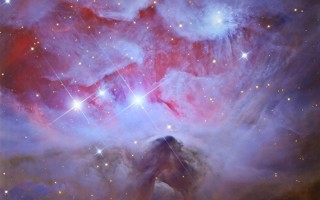
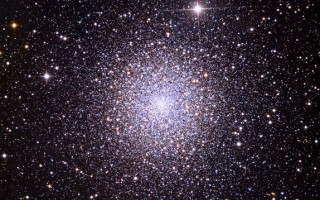
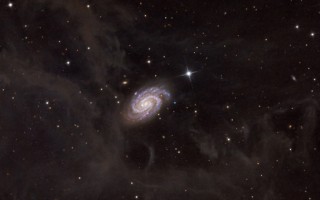
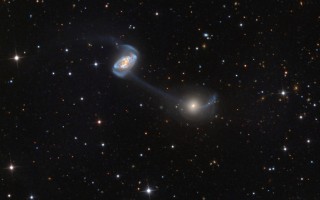
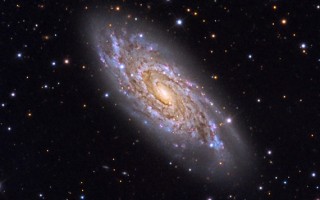
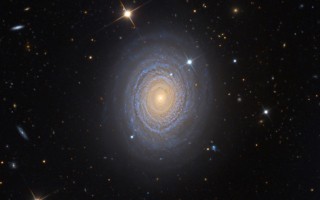
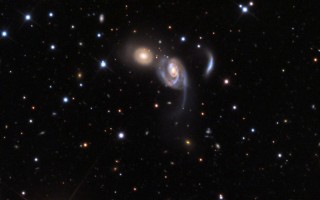
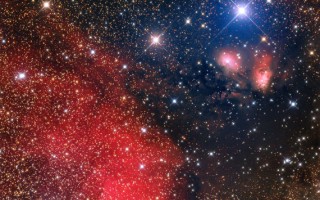
![Star Trails at a [Not-] Random Place in the Sky, M11 as "The North Pole"](https://www.as.arizona.edu/sites/default/files/styles/gallery_medium/public/M11_Rotations.jpg?itok=6zsiuNwk)

